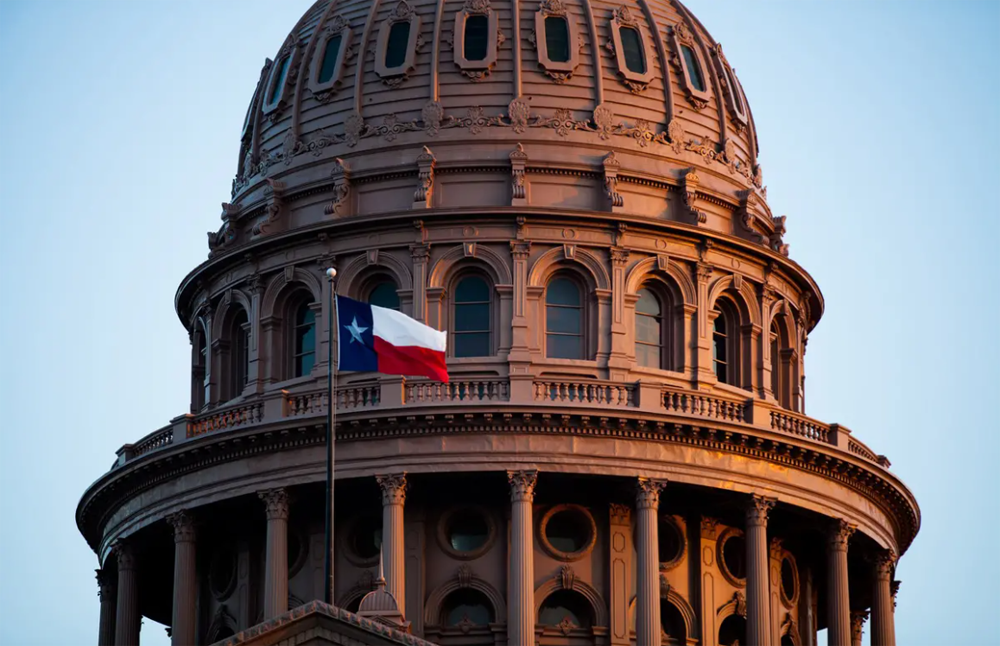
Two major appropriations bills pass Senate, one step closer to Gov. Abbott’s desk
By Bethany Blankley | The Center Square
Two major appropriations bills have unanimously passed the Texas Senate. If they are approved by the House, they head to the governor’s desk. Gov. Greg Abbott is expected to sign both.
The first is the final draft of the state budget, worked out between House and Senate negotiators over the past few weeks. It appropriates $116.4 billion in discretionary state funds, and $248.5 billion when federal and dedicated funds are included, through September 2023.
It represents an increase of 5.5% over the last session’s budget, which is within constitutional spending growth limits, Senate Finance Committee chair Jane Nelson, R-Flower Mound, said. It adds more than $3.1 billion to the state’s public education budget “in order to preserve the increases in state education spending that was the centerpiece of the 2019 session. Under this plan, the state would spend twenty percent more on public education than it spent four years ago.”
It also increases record level funding for women’s health programs and $8.4 billion for mental health services across 25 state agencies. It includes raises for state troopers, state game wardens and corrections officers, and dedicates nearly $60 million to combat human trafficking.
The Senate also unanimously passed HB 2, which aligns state accounts with what was budgeted in 2019. Notably, the bill requires the governor to call the legislature into session to provide input on how Texas will spend an additional $16 billion in federal money. The money won’t come in until after the 87th legislative session ends May 31.
HB 2 “guarantees the commitment Governor Greg Abbott made to legislative leadership last week when he promised to add federal aid spending to the agenda of a special session he must call this fall to deal with redistricting,” according to a Senate news release.
“Any money that we have discretion over, we will now hold back until there is a gubernatorial-called special session,” Nelson said.
After the 86th Legislative Session concluded in 2019, the state’s fiscal forecast was in good shape, but after the state’s COVID-related shutdown in 2020, “everything changed,” Nelson said.
Heading into last summer, Texas was facing a $5 billion shortfall. By the time the legislature convened in January, it was facing a $1 billion deficit. But that all changed in May when state Comptroller Glenn Hegar amended the budget forecast after sales tax revenue and federal money came in.
The state saw a surplus for several reasons, including increased consumer spending generating higher sales tax revenue and an infusion of federal cash. Sales tax collections surpassed projections, with a record $3.4 billion in revenue recorded in April from March collections alone.
But it also saw rising property values, resulting in higher property taxes paid and declining public school attendance, which lowered the state’s public education cost by more than $5 billion.
Federal aid dollars also covered $2.5 billion worth of state employee salaries for those responding to coronavirus-related efforts. Accounting for expenses, SB 2 represents savings of around $2.7 billion less compared to what was appropriated in 2019.






